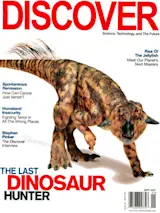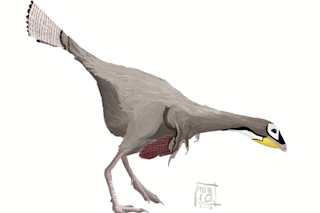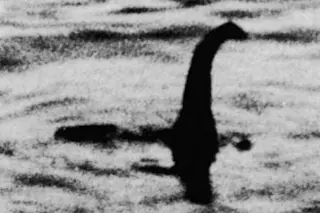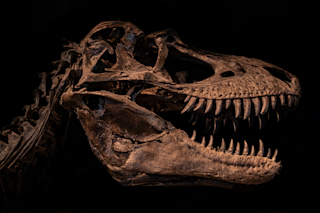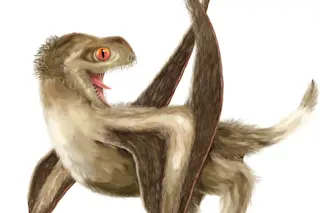According to the going theory, a six-mile-wide asteroid slammed into the Yucatán Peninsula 65 million years ago, throwing enough dust up into the atmosphere to dim the sun for years, killing off green plants and triggering a famine that wiped out all the dinosaurs in the geologic blink of an eye.
Not so fast, says U.S. Geological Survey geologist emeritus James Fassett. A few years ago, Fassett’s colleagues were digging in a fossil-rich area of New Mexico when they uncovered the four-foot-long fossilized thighbone of a duck-billed, plant-eating hadrosaur in a sandstone cliff. When Fassett dated the bone to half a million years or so after the dinosaurs’ supposed mass extinction, most paleontologists dismissed his find as a meaningless anomaly or a mistake. Now Fassett has examined 30 more dinosaur fossils in the same rock formation and completed a more extensive analysis of the surrounding environment, taking into account paleomagnetism, ...


